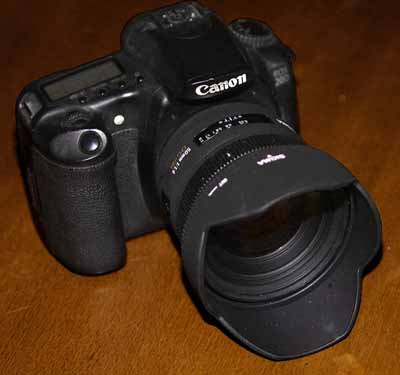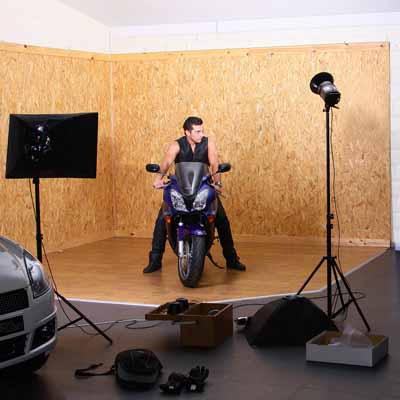|
Get in touch! |
Shooting Days
Home » Shooting Days » What gear?
| New to digital photography, or wanting to "upgrade" your stuff? The Shooting days are an opportunity to test new gear, to learn new techniques, to use studio lighting,... It's important to know that expensive gear doesn't make a good photographer. The stuff that you will need as photographer working with models is quite limited. I looked at pictures taken some 10 years ago, and quite frankly, you can't see the difference with a picture taken some weeks ago with a brand new Canon 5D MkIII (seen in normal conditions: printed on a sheet of paper or displayed on a monitor). Photography is not about counting the pixels. A picture that i took 10 years ago just looks perfect, when i apply some Photoshop filters (in those 10 years, i've learn to use Photoshop to enhance my pictures). When i began as photographer, i have always chosen the best material. That was quite easy for me, as i worked in a shop and had all the gear at my disposal. I didn't buy the most expensive stuff, but the equipment that was best suited.
Canon EOS 5D Mk IIIThe Canon 5D Mk III was chosen because of it's low light capabilities, making it possible do do fotoshoots in relatively low light without having to resort to a tripod (i own one, but i don't use it for model photography). The 5D with it's full frame sensor needs EF-lenses, not EF-S lenses (those can only be used on bodies with a crop sensor).
Lenses
When i worked with a crop sensor body (Canon 50D), i used the Sigma 50-150 ƒ/2.8 EX APO for outdoor portraits. Optically, it's quite comparable to the EF 70-200, but it's designed specifically for the bodies with crop sensor. The lens has the same light gathering capacity as the EF 70-200 ƒ/2.8 but the weight and size of the EF 70-200 ƒ/4. It's one of the best Sigma lenses. On this body, i also used the EF 24-105.
FlashesThe remote trigger i use is from Pocket Wizard and allows me to control the flash as if it was mounted directly on the body. I also use studio flashes. You don't need strong flashes: i only need a total power of 500J for a group shooting. Models don't like high intensity flashes. Just use high apertures lenses and the models will be happy to work with you in the studio (this will also fade the background).
Shooting Days
| Photographic gear used
|
Google pages selection that could be of some interest to you

